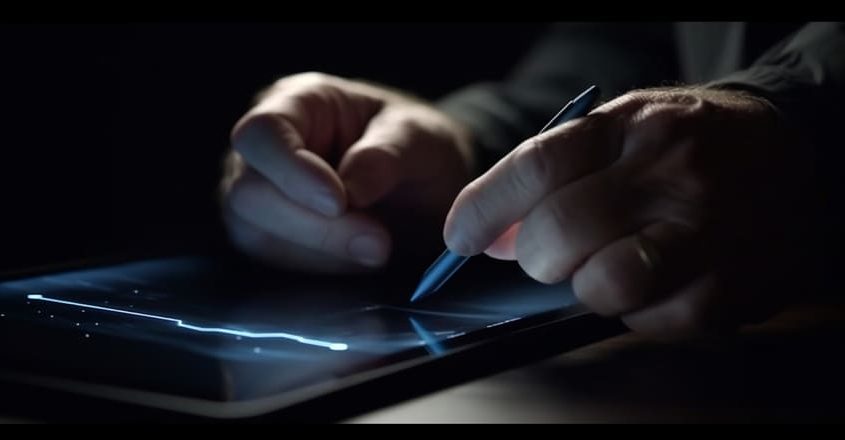Digital signature vs. digital certificate – how do they differ?

Both digital signatures and digital certificates represent a very important part of the system for securing Internet connections using SSL/TLS technology. Understanding their differences and similarities can help illustrate how public key cryptography works.
Table of Contents
ToggleDigital signatures and digital certificates – what are they used for?
Let’s start with the digital signature. Essentially, it is nothing more than a numeric string that can be attached to emails, documents, certificates, etc. Digital signatures are used to increase authenticity and confirm identity. They are not the same as encrypting a connection, but they work perfectly alongside it. For instance, when you digitally sign a document, you use a cryptographic key that leaves a numeric string on it. This becomes an integral part of the document and is passed along with it. The authentication of the identity of the person signing the document is based on a certified digital identifier. The signature is combined with the document using an encryption mechanism. The validity of a given digital signature is verified in cooperation with trusted service providers. Digital certificates, also known as X.509 certificates, are used to maintain a final identity and enable connection encryption—such as in the context of SSL. They are used to secure web servers, connections, users, and even individual devices. When an Internet user visits a website, their browser receives a copy of the certificate installed on the server. It then checks the certificate’s authenticity. An SSL certificate ensures that the browser recognizes the server as genuine and secure.
What are the differences between these technologies?
As already mentioned, a digital signature is simply a numeric sequence that confirms the signer’s identity. A digital certificate, on the other hand, is a file that not only verifies identity but also maintains an encrypted connection.
How certificates and digital signatures work together within SSL technology
Have you ever wondered how your browser knows whether to trust a particular SSL certificate? Here’s how it works: each browser uses what’s known as a root store, which contains information about trusted root certificates. This information is downloaded to your computer. All of these root certificates hold a trusted profile and are recorded as such in the system. When SSL certificates are issued, the unsigned certificate is sent to a Certification Authority (CA), which confirms the information in the certificate by adding its own digital signature. For a browser to recognize a certificate as trustworthy and a site as secure, it needs to check which private key was used to sign the certificate. If it finds a connection to the root certificates that were downloaded onto the system and marked as trusted, the site and, by extension, the certificate are recognized as authentic—by the browser as well. If the system does not find a link to the certificate, the site is considered unsafe, and the user is shown an appropriate warning message.
The digital signature is therefore a critical and extremely important component for confirming the authenticity of a digital certificate. Both the SSL certificate and the digital signature are essential for effectively encrypting the connection and securing the website and any sensitive information flowing through its servers. Do you want to securely sign your documents and messages, as well as encrypt your emails? Check out our range of certificates for digitally signing messages/documents: S/MIME SSL Certificates.
